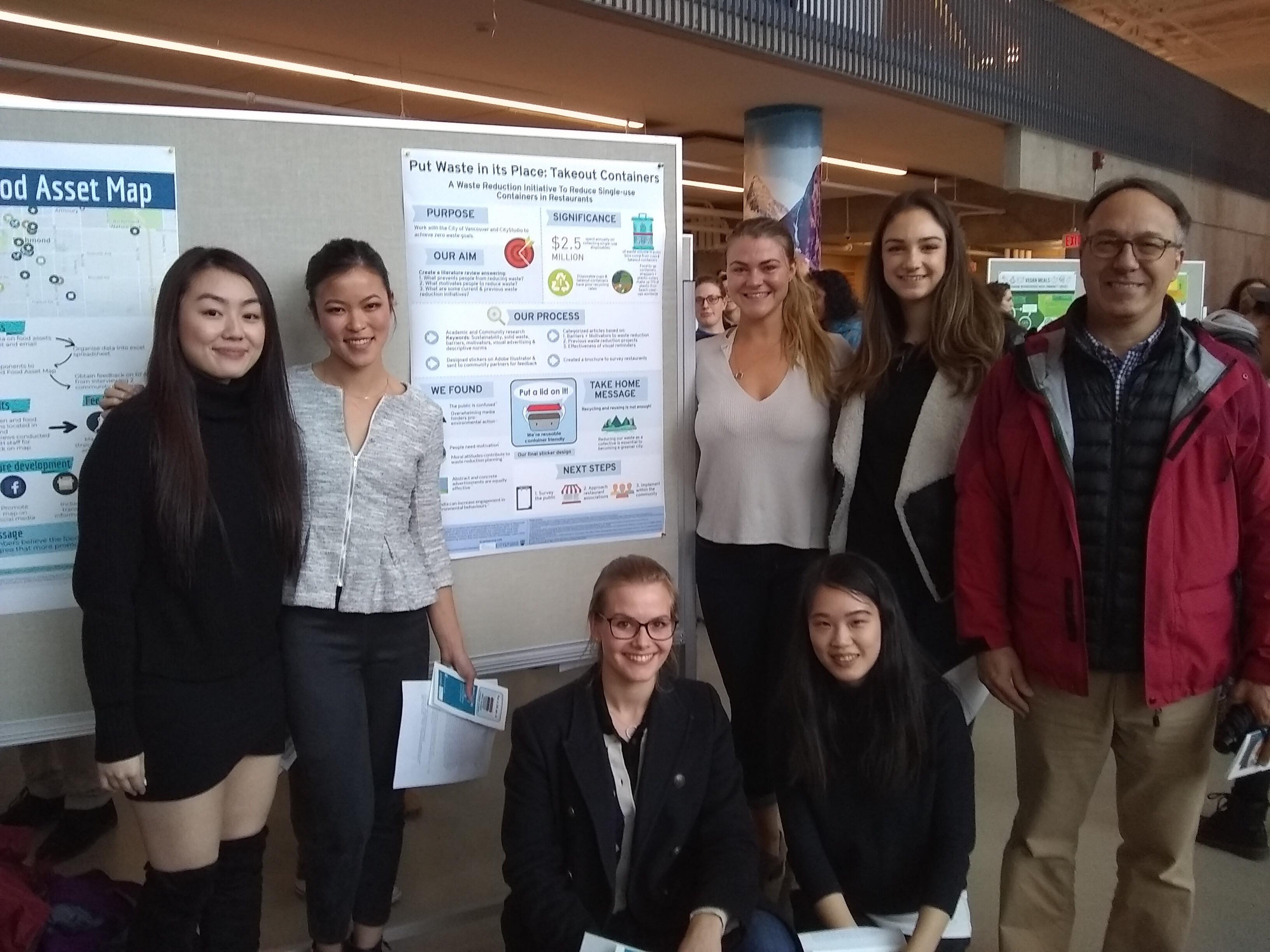Introduction
REDUCE, Reduce, reduce!!! If we had to sum up our efforts in this project and its overarching theme into one word “reduce” would be it!
The primary goal of our collaboration with CityStudio and City of Vancouver was to come up with a solution to encourage restaurant goers to reduce their use of single-use containers. Befittingly, the theme of reduction also became our last challenge on the road to project completion. The culmination of our search for a waste reduction solution is a thorough 19 page literature review we compiled for our community partners. During the last week, our efforts were set on designing a concise infographic, and preparing an elevator pitch that would briefly convey the importance of our undertaking. Condensing such a volume of information was in and of itself a challenge. More significantly, the varying requirements that our group had to meet between the LFS and the Hubbub posters and presentations set for us one final hurdle to overcome.
Our weekly objectives
- Week 12 (this week):
- Present the infographic at the LFS 350 public poster session at the AMS Nest
- Submit the Literature Review on Takeout container waste reduction initiatives to our community partners along with a finalized sticker proposal
- Week 13:
- Present at the Hubbub innovative solutions showcase at Vancouver City Hall
- Submit the final community project report
Achievements
- Completed an in-depth literature review that helped establish the best approach to takeout container waste reduction by researching the following: Barriers and Motivators of Waste Reduction (Michelle and Kelly), Previous Green Initiatives (Zuzana and Rachelle) and Green Ads/Visual Reminders (Simi and Selin)
- Applying our research, finalized the Sticker proposal approach to reducing restaurant takeout containers
- Designed an infographic to present at the LFS 350 public poster session and Hubbub
- Prepared an elevator pitch that makes a compelling call for takeout container waste reduction
What?
This week we completed the final details of our project. One major problem that we tackled was the infographic. Since we plan to showcase the same infographic at Hubbub in addition to our LFS presentation, we needed to be strategic with the layout. A few weeks ago, Ileana from CityStudio sent us the requirements for the Hubbub poster; however LFS 350 had different guidelines. We struggled with the criteria for both these presentations because we felt that Hubbub was more poster-oriented, which required more written explanation for the different components of the project. Compared to the Hubbub requirements, the LFS showcase was more infographic-oriented, in which graphics were preferred instead of text. After a few trials we felt like we did not have enough space to fulfill both specifications.
Our first attempt was cluttered and included a lot of academic language, which was not suited for the general public. Similarly, our second attempt (that we initially submitted to our professor Will), was just as busy with information -although, we did manage to reduce some of the jargon. As a result, an office hour meeting was scheduled with Will. Given his feedback and direction, we were able to make some specific changes. Unfortunately, despite the help from Will, our poster was still cluttered! We realized infographics may be more suitable to display statistics and our project did not conduct explicit research to display. In the end, we initially decided we would compromise the requirements for Hubbub, because ultimately the infographic would be graded by the TAs in LFS 350.
B e f o r e:
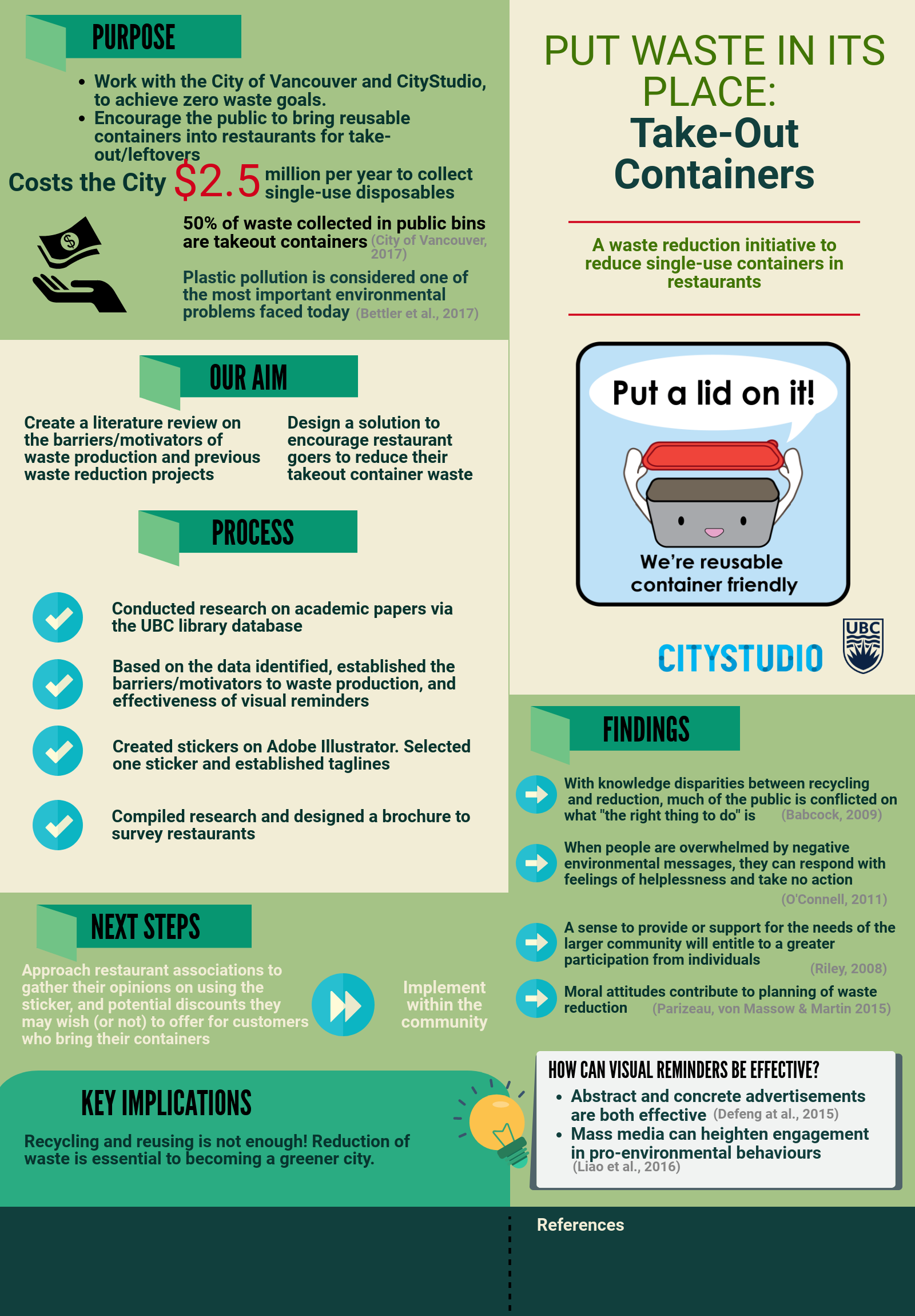
Figure 1: Draft of our infographic
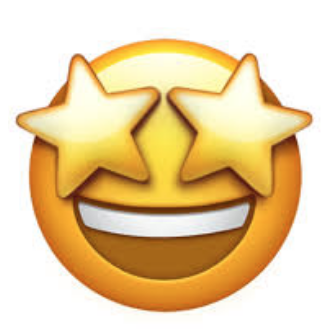 A f t e r
A f t e r :
:
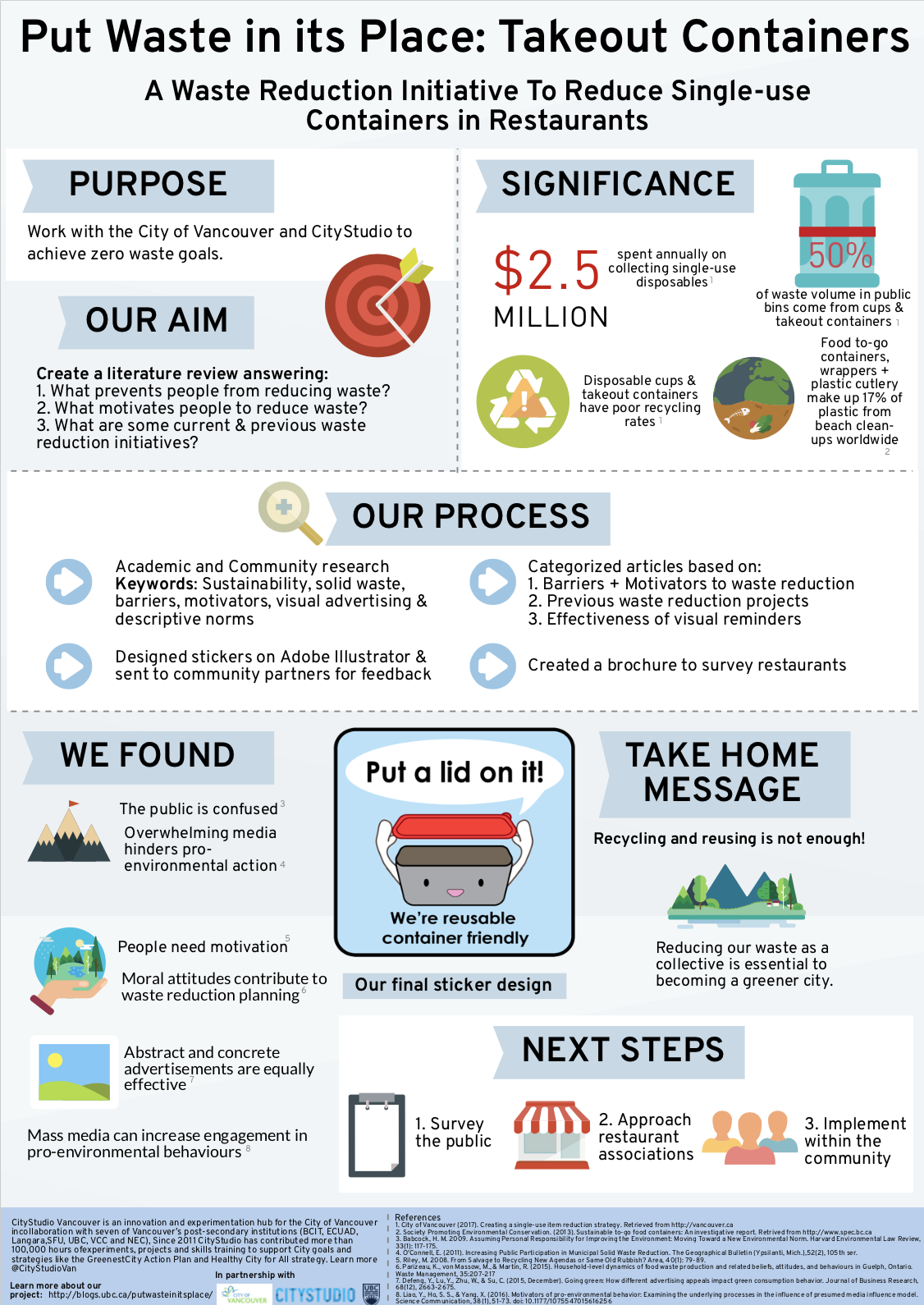
Figure 2: Official infographic
So What?
Even in a group where members had past experiences with various modes of presentation, the infographic came as a new approach to us all. The exercise of condensing the range of our findings into an easily comprehensible infographic proved a challenge. One of the tasks we were confronted with was selecting information that was both significant and captivating enough for a layman to be able to relate to. Fortunately a third of our project explored how visual reminders can be used to convey complex messages through visual aids that “supplant printed or written culture” (Estrada & Davis, 2015). Our group was thereby able to take the knowledge attained through our research and put it to immediate use. Once we had compiled the key pieces of our research into engaging visuals, we needed to eliminate several points so that our infographic would not appear cluttered. We decided to remove information on past projects, because it had the least impact to the future direction of the takeout container sticker campaign. The information had been important in setting our direction, but was redundant when pitching the idea of reduction to a broad audience in a minimal amount of time.
Suddenly our LFS infographic was almost complete, but at a cost of not fulfilling many of the Hubbub requirements. Then it dawned on us that we could, if time allowed, produce a separate poster for Hubbub.
Now What?
Having presented our infographic at The Nest at UBC along with the other LFS 350 groups, we are finally in the home stretch of our journey. We once again met with our community partners Paul and Ileana at the event and received very positive feedback on both our pitch and the infographic. Our efforts were rewarded when despite having offered to make a separate poster for Hubbub, Ileana advised us that she was content with us presenting the infographic the way we had it prepared for The Nest presentation, even if that meant omitting some of the required information.
In summary, our project tackled the issue of misunderstandings in the waste hierarchy, as presented below. Unfortunately, many individuals tend to believe that recycling and reusing is equally as important as reducing. Ultimately, we hope that our project can be a stepping stone toward greater waste reduction, replacing the no longer sufficient approaches of recycling and reusing. In this way, the “Put Waste in its Place” project emphasizes the importance of waste reduction, and aligns with the city’s goal to become the “Greenest City” in 2020.
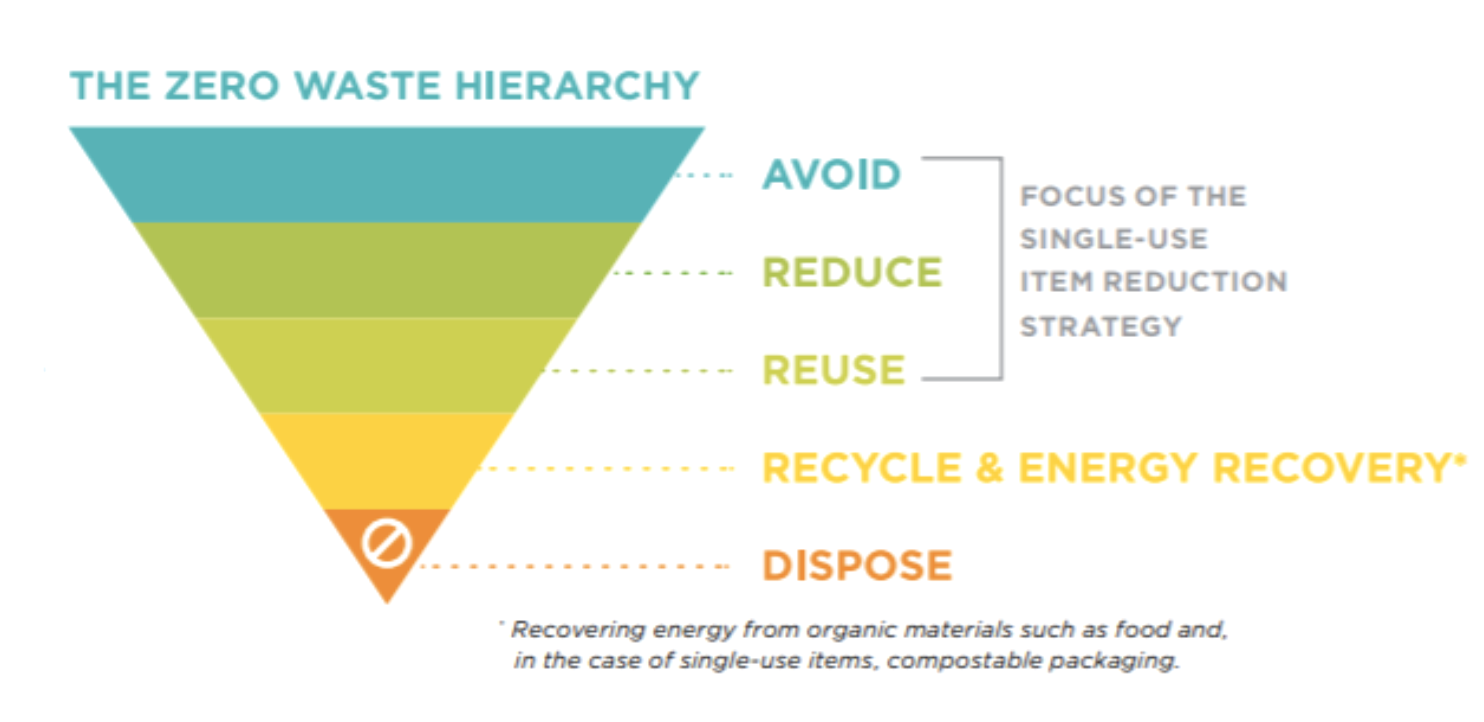
(City of Vancouver, 2017)
Working with our community partners and each other has been both an enriching and enjoyable learning experience. The sticker designing process was a creative outlet for us to transfer our ideas onto an innovative and influential platform. This week, we presented the sticker as the centerpiece of our infographic in the Nest. Despite our sticker proposal being supported by academic research, many of us were initially skeptical as to how effective a simple sticker could be at resolving macro-environmental issues. However, the amount of positive feedback we received from our peers and community leaders was surreal and made us realize the potential impact it could make in our city. Moreover, this experience reassured us that the “Put Waste in its Place” project is on track to inspire a growing movement around waste reduction in Vancouver. A valuable lesson we have learned along this adventure was that any progress, slow or fast, is still an advancement. It is important to know that persistence is key and facing uncertainties with an open-minded attitude will result in greater learning. As stated in Shulman’s opening quote, “without a certain amount of anxiety and risk, there’s a limit to how much learning occurs” (2005). The challenges we once felt in the beginning of the term have now developed into valued skills we will take outside of LFS 350; and which will better prepare us for the unpredictable dynamics involved in working with different people and projects as confident professionals.
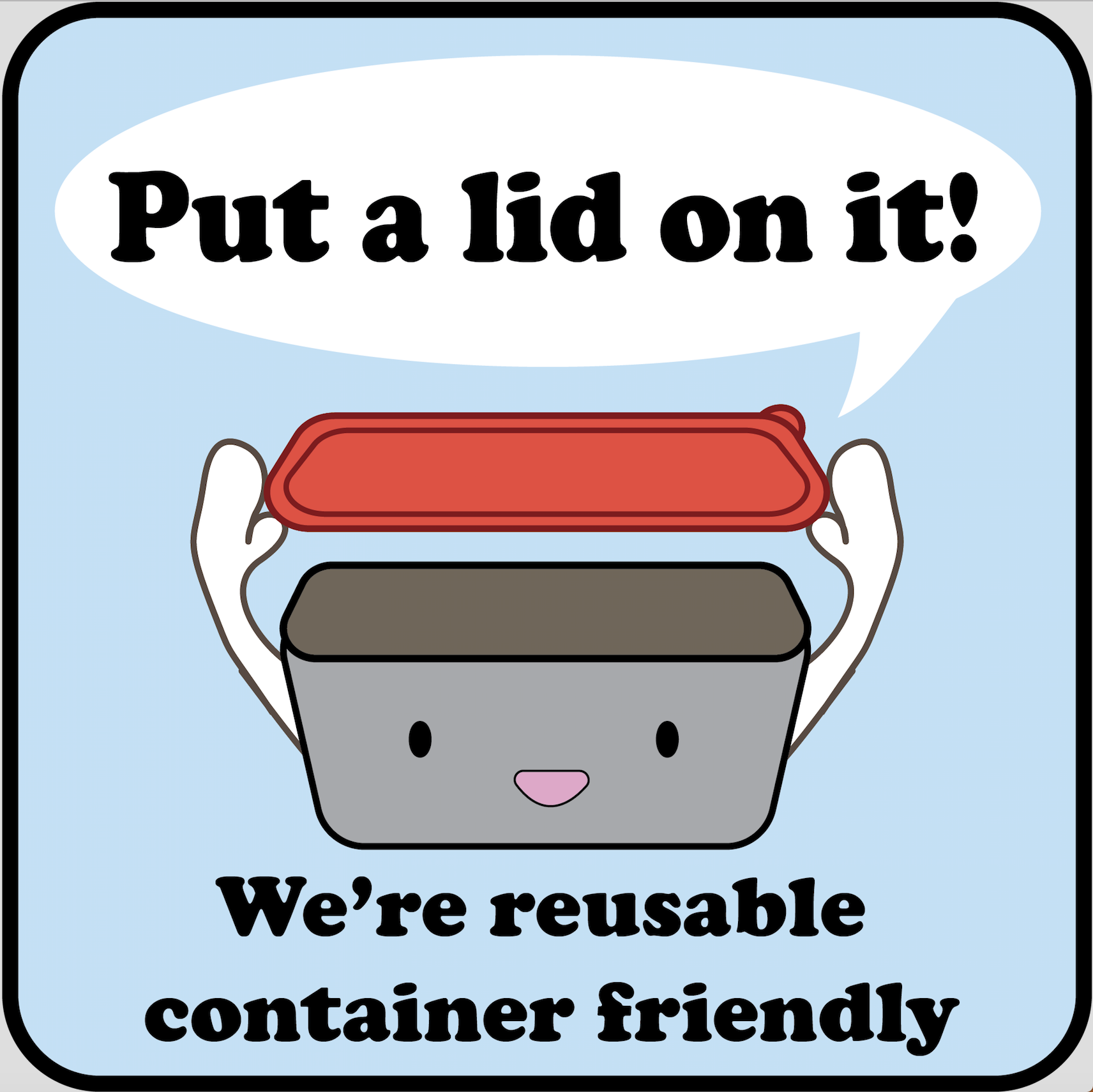
In the future, we hope that our project can be implemented within the city! We have set up our project so that future groups will have a good foundation to start off from: background research and a sticker design. In addition, we created an informational brochure that condenses our findings and can be used towards promoting the idea in the future. Below are the steps that we hope the future group can put into action:
- Survey the public:
The opinions of people within the community matter, since the sticker campaign is targeted towards them. Knowing whether the sticker would have an impact and what to potentially change is crucial to a successful implementation. - Promote to and survey food establishments:
Using the informational brochures, food establishments should be made aware of the sticker campaign and asked whether or not they would be interested in participating. Mentioning the economical and social benefits may play a key role in whether the establishments would want to participate. It is notable that contacting restaurant associations within the community will increase response efficiency. - Implement within the community:
After making the appropriate changes towards the program based on community feedback, we hope the sticker campaign will be implemented within food establishments. If necessary, a short-term test run could be carried out within a specific neighbourhood or with volunteered establishments. Having a test run may ensure the success or a graceful dismount of the project.
Our final words…
Having overcome our last challenge of designing the infographic and preparing a compelling elevator pitch, we have completed the first presentation for the Put Waste in its Place- Takeout Containers project this past week. Our group feels very fortunate to have had a successful first run at the project with positive feedback from community partners, instructors and peers alike. We hope to have built a strong foundation for future groups pursuing the takeaway container waste reduction initiative. We believe that our point of departure from this project, the completed sticker design and thorough literature review, as well as our suggested strategies: surveying the public, surveying the businesses and implementation strategies on how best to proceed, will give future groups a clear path to follow. To pave the way further, we will be making a thirty second pitch on the use of our sticker design to encourage restaurant goers to participate in waste reduction behaviours to other community players involved in making Vancouver a more sustainable city. This presentation will take place at the Hubbub #10 CityStudio showcase at Vancouver City Hall on April 6th.
It has been a great pleasure working with our community partners who have been so kind and encouraging! And we’d like to thank everyone who has been following our journey. A note for the future LFS group takeover is to cherish every moment, even the stressful ones, because things worth having are things worth waiting for. So remind each other the purposeful and beautiful reasons you chose this initiative, and surely you will see the benefits you bring as a group.
References:
Estrada, F.C.R., & Davis, L. (2015). Improving visual communication of science through the incorporation of graphic design theories and practices into science communication. Science Communication, 37(1), 141. doi: 10.1177/1075547014562914
Shulman, L. S. (2005). Pedagogies of uncertainty. Liberal Education, 91(2), 18–25. Retrieved from http://files.eric.ed.gov/fulltext/EJ697350.pdf
